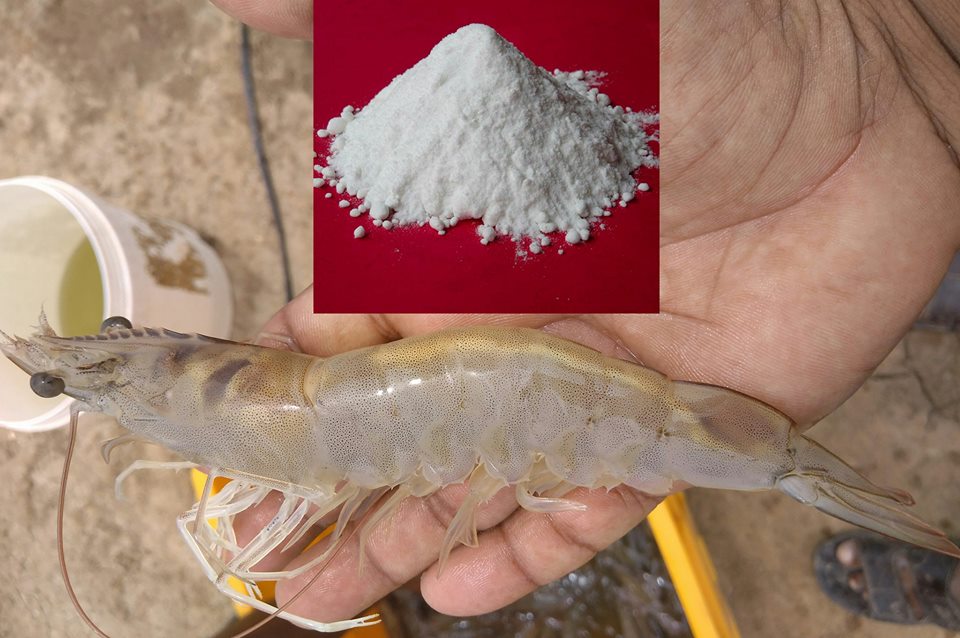
Dietary Supplementation of Short-Chain Fructooligosaccharides Influences Gastrointestinal Microbiota Composition
and Immunity Characteristics of Pacific White Shrimp, Litopenaeus vannamei, Cultured in a Recirculating System1,2
Abstract
Supplementation of prebiotic compounds, including short-chain fructooligosaccharides (scFOS) has been shown to confer benefits on nutrient utilization, growth, and disease resistance of various animal species through improved gastrointestinal (GI) microbiota. However, potential uses of prebiotics for shrimp have not been defined. A 6-wk feeding trial was conducted in a recirculating system to determine the effects of scFOS supplementation on growth performance, immune functions, and GI microbiota composition of Pacific white shrimp (Litopenaeus vannamei). scFOS was supplemented in a nutritionally complete diet (35% crude protein) at 0.025, 0.0500, 0.075, 0.100, 0.200, 0.400, and 0.800% by weight. After 6 wk of feeding, shrimp fed 0, 0.1, and 0.8% scFOS were sampled for assays of immune function and GI microbiota. Dietary supplementation of scFOS did not improve weight gain, feed conversion ratio, or survival of shrimp. Denaturing gradient gel electrophoresis analysis suggested the intestinal tract microbial community from shrimp fed the basal diet was different from that of shrimp fed the scFOS diets [similarity coefficient (SC) = 74.9%)], although the intestinal tract microbial community from shrimp fed the scFOS-supplemented diets was very similar (SC = 92.3%). All the bacterial species contributing to the GI microbial differences were identified, although most of them are uncultured species. Both total hemocyte count and hemocyte respiratory burst increased (P < 0.05) by incremental dietary supplementation of scFOS (0–0.8%). This study is the first to our knowledge to show that dietary scFOS can selectively support growth of certain bacterial species in the GI tract of shrimp and enhance immunity, which may facilitate development of alternative strategies, including novel probiotics and synbiotics, for shrimp growth and health management.
Introduction
Prebiotics have been defined by Gibson and Roberfroid (11) as “a nondigestible food ingredient which beneficially affects the host by selectively stimulating the growth of and/or activating the metabolism of one or a limited number of health-promoting bacteria in the intestinal tract, thus improving the host's intestinal balance.” One of the most common prebiotics studied in humans and terrestrial animals is the group of carbohydrates known as fructooligosaccharides (FOS). The general term FOS may include all nondigestible oligosaccharides composed of fructose and glucose units (12). Specifically, FOS refers to short and medium chains of β-D- fructans in which fructosyl units are bound by β-(2–1) osidic linkages and attached to a terminal glucose unit. Because of a lack of β-fructosidases, mammalian digestive systems cannot hydrolyze the β-(2–1) osidic linkages (13). However, FOS can be fermented by certain bacteria expressing this enzyme, such as lactobacilli and bifidobacterial species (14,15) and, thus, can selectively support the growth and survival of such bacteria in the GI tract of animals. Despite occasional inconsistent results in terrestrial animal species, FOS has been shown to influence protein digestion and intestinal morphology (13,16). These modifications might contribute to improved growth, feed efficiency, and disease resistance. In addition, dietary supplementation of FOS has been shown to enhance growth rate of aquatic animals such as soft-shell turtle (Trionyx sinensis) (17) and turbot larvae (Psetta maxima) (18). Information on potential dietary supplementation of prebiotics such as FOS for shrimp growth and health management is extremely limited at this time (19). This study was designed to determine the potential influences of incremental FOS supplementation on growth performance, feed utilization, intestinal microflora, and immunity of Pacific white shrimp (Litopenaeus vannamei).
Discussion
Prebiotics such as scFOS have been recognized for being involved in digestion, absorption, and metabolism of various nutrients in terrestrial organisms (12,16,27). Dietary supplementation of FOS recently has been shown to enhance growth rate of aquatic animals such as soft-shell turtle (17) and turbot larvae (18). A recent report showed that scFOS supplementation at concentrations from 0.04 to 0.16% of diet improved specific growth rate and the feed conversion ratio of Pacific white shrimp cultured in a recirculating system, although survival was low (42–61%) for all treatments (19). In this study, weight gain and survival were not significantly enhanced by scFOS supplementation. However, because excellent growth and survival were obtained with the shrimp, diets, and culture conditions used in this study, a greater growth rate was probably not possible. Also, because benefits of scFOS supplementation are presumably conferred through intestinal microbial changes and the microbial populations in the culture environment may dramatically impact microbial populations, the effects of scFOS supplementation on growth performance might need re-evaluation under various culture conditions, especially in eutrophic waters. The scFOS-fed shrimp had a distinct intestinal tract microbial population compared to shrimp fed the basal diet. The DGGE profile of shrimp in this study was relatively simple compared to ruminal microbial populations in cows (28) and sheep (29) and to cecal microbial populations in chickens (23,30). The microbial populations from the shrimp GI tract in this study are similar in complexity to the microbial populations of fishes. Romero and Navarrete (31) reported that larval Coho salmon (Onchorhynchus kisutch) had simple DGGE profiles consisting of 4 bands, with Pseudomonas spp. and Aeromonas spp. being the dominant species detected. The uptake of a potential probiotic organism for haddock (Melanogrammus aeglefinus) larva was confirmed using DGGE (32). The DGGE profiles of the haddock larva also were relatively simple with 5 dominant bands present, although all bands were not present at each time point examined (32).
The majority of bacterial sequences isolated from the DGGE bands of shrimp intestinal samples in this study could not be identified to the species level, because they are not in the National Center for Biotechnology Information Blast database. Most were related to marine sediment bacteria, marine biofilm bacteria, or GI bacteria found in mammals. It is not surprising to find sediment bacteria or biofilm bacteria in the intestinal tract of shrimp, because they are bottom feeders and will ingest food along with other benthic particles. These results are similar to those of a previous study with a different marine shrimp in which it was determined to contain marine sediment bacteria, rumen bacteria, and bacteria from squid (33). The presence of bacteria found in marine biofilms indicates these bacteria may be used as a source of nutrients or other biochemicals. Two of the bands intensified by the addition of scFOS were found to be Alkalibacillus spp. and Micrococcus spp. or an unidentified seawater bacterium. Both Alkalibacillus spp. and Micrococcus spp. are gram-positive aerobic microbes that can tolerate saline environments (34,35). The other genus identified was Aquabacterium, which include gram-negative microaerophiles that use oxygen and nitrate as electron acceptors (36) and Roseobacter spp., which are photosynthetic α-Proteobacteria that inhabit the marine environment (37). Whether any of these genera are beneficial to shrimp is unknown. Recently, Vibrio parahaemolyticus, Aeromonas hydrophila, Lactobacillus sp., and Streptococcus faecalis were isolated from the GI tract of Pacific white shrimp fed graded levels of scFOS using selective agars, but none of the bacterial species responded to increased dietary scFOS in a consistent manner (19).
The changes in the microbial community noted in this study may have benefited the shrimp, possibly by increasing nonspecific immune responses and by increasing the concentrations and/or production of volatile fatty acids in the GI tract. Both of these benefits have been demonstrated in chickens (38) and swine (39). Butyrate has been shown to downregulate the expression of invasion genes in Salmonella sp. (40), indicating a possible mechanism of increased disease resistance, although volatile fatty acid production was not examined in this study.
Several publications have reported that dietary supplementation of probiotics and prebiotics can enhance resistance of animals to infectious diseases (7). Pathogen inhibition is usually considered to be achieved by competition for territory in the GI tract, reduction in pH, and release of natural antibiotics from beneficial microbial populations (15). Enhanced resistance also might be attributable to the beneficial influence of GI microbes on host innate and adaptive immunity (41). For example, Perdigon et al. (42) showed that lactic acid bacteria-containing yogurt could inhibit the growth of intestinal carcinoma through increased activity of Immunoglobulin A, T cells, and macrophages in mice. In recent years, dietary probiotics also were substantiated to enhance the innate (9,43) and adaptive immunity (44) of various aquatic animals. Although the GI tract microbiota of crustaceans such as shrimp and prawns have been studied for over 2 decades (45,46), the interactive influences of the microbial populations and shrimp health as well as potential influences of diets are generally poorly understood. Rengpipat et al. (8–10) demonstrated that dietary supplementation of probiotics such as Bacillus sp. can enhance growth, immunity, and disease resistance of black tiger shrimp (Penaeus monodon). However, potential influences of prebiotics on shrimp immunity have not been investigated.
This study is the first, to our knowledge, to show that prebiotics such as scFOS can alter GI microbial composition as well as enhance THC and hemocyte respiratory burst, 2 major shrimp immunity characteristics (47–49); however, it remains untested as to whether the upregulated immunity can enhance resistance to various pathogens such as Vibrio sp. or White Spot Syndrome Virus that pose severe threats to the global shrimp culture industry (2,48). Additional research is being conducted to establish correlations between identified GI microbial species and upregulated immune responses of shrimp as well as to identify mechanism(s) of immunomodulation by prebiotic substrate-microbe-immune system interactions in shrimp. Such studies hold considerable potential for the development of novel probiotics and synbiotics. Because microbial diversity in various aquacultural environments might impact GI microbiota of shrimp and efficiency of prebiotics and probiotics, further evaluation of the potential use of these supplements for shrimp health and growth management in typical commercial settings is warranted.
Footnotes
↵1 Supported by the USDA, U.S. Shrimp Farming Program, USDA/CSREES grant no. 2002-38808-01345, Project R-9005, Shrimp Mariculture Research Project, Texas Agricultural Experimental Station, Texas A&M University System, and GTC Nutrition, Golden, CO.
↵2 Author disclosures: P. Li, G. S. Burr, D. M. Gatlin III, M. E. Hume, S. Patnaik, F. L. Castille, and A. L. Lawrence, no conflicts of interest.
↵7 These authors contributed equally to this article.
↵8 Abbreviations used: DGGE, denaturing gradient gel electrophoresis; DO, dissolved oxygen; FOS, fructooligosaccharide; GI, gastrointestinal; scFOS, short-chain fructooligosaccharide; SC, similarity coefficient; THC, total hemocyte count.
The Jounrnal Of Nutrition
American Society for Nutrition





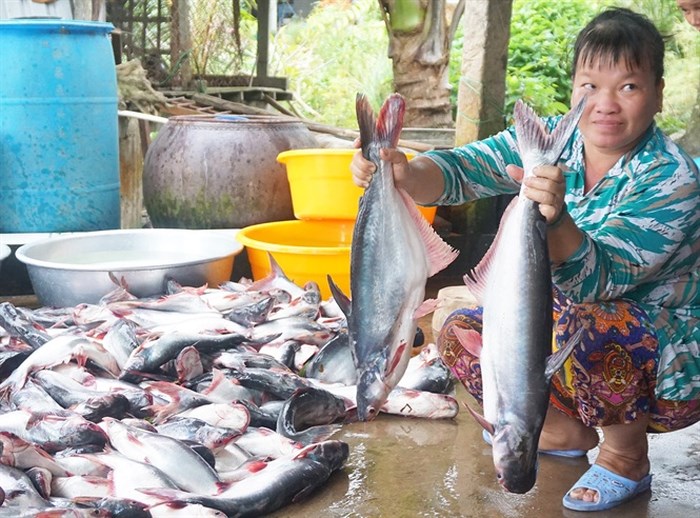
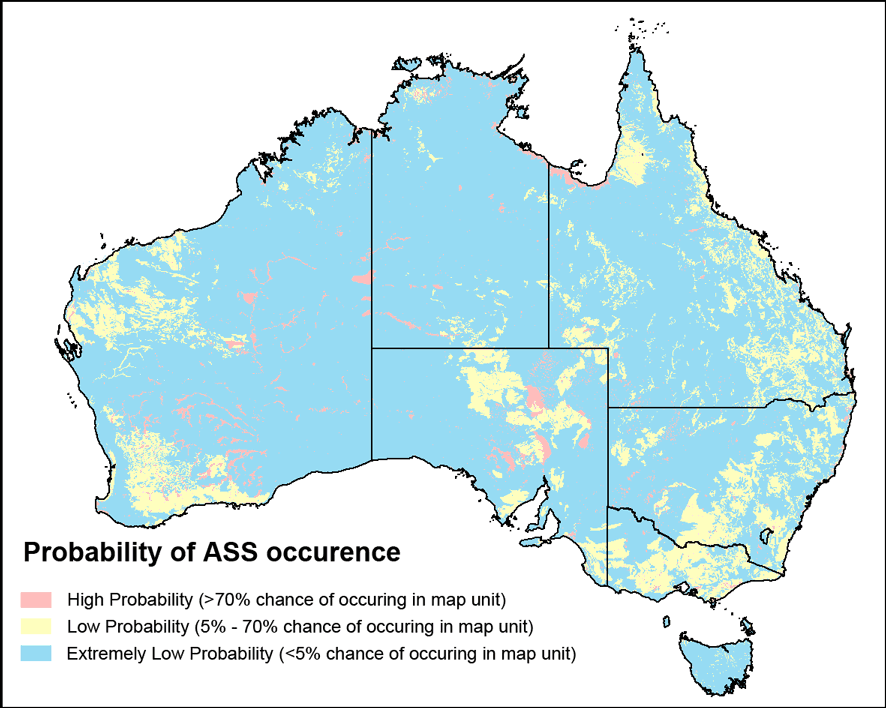
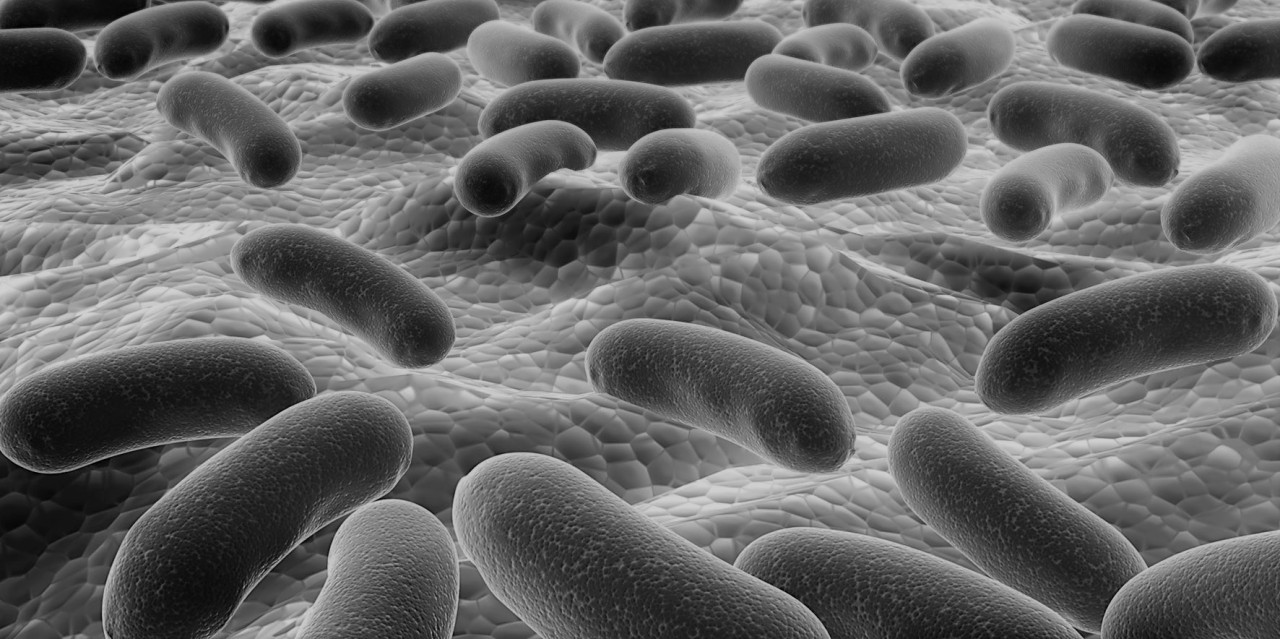

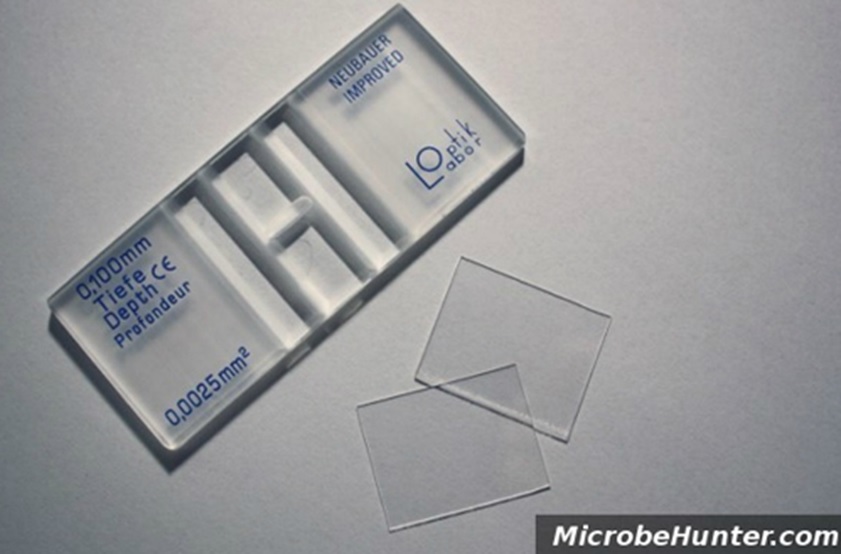
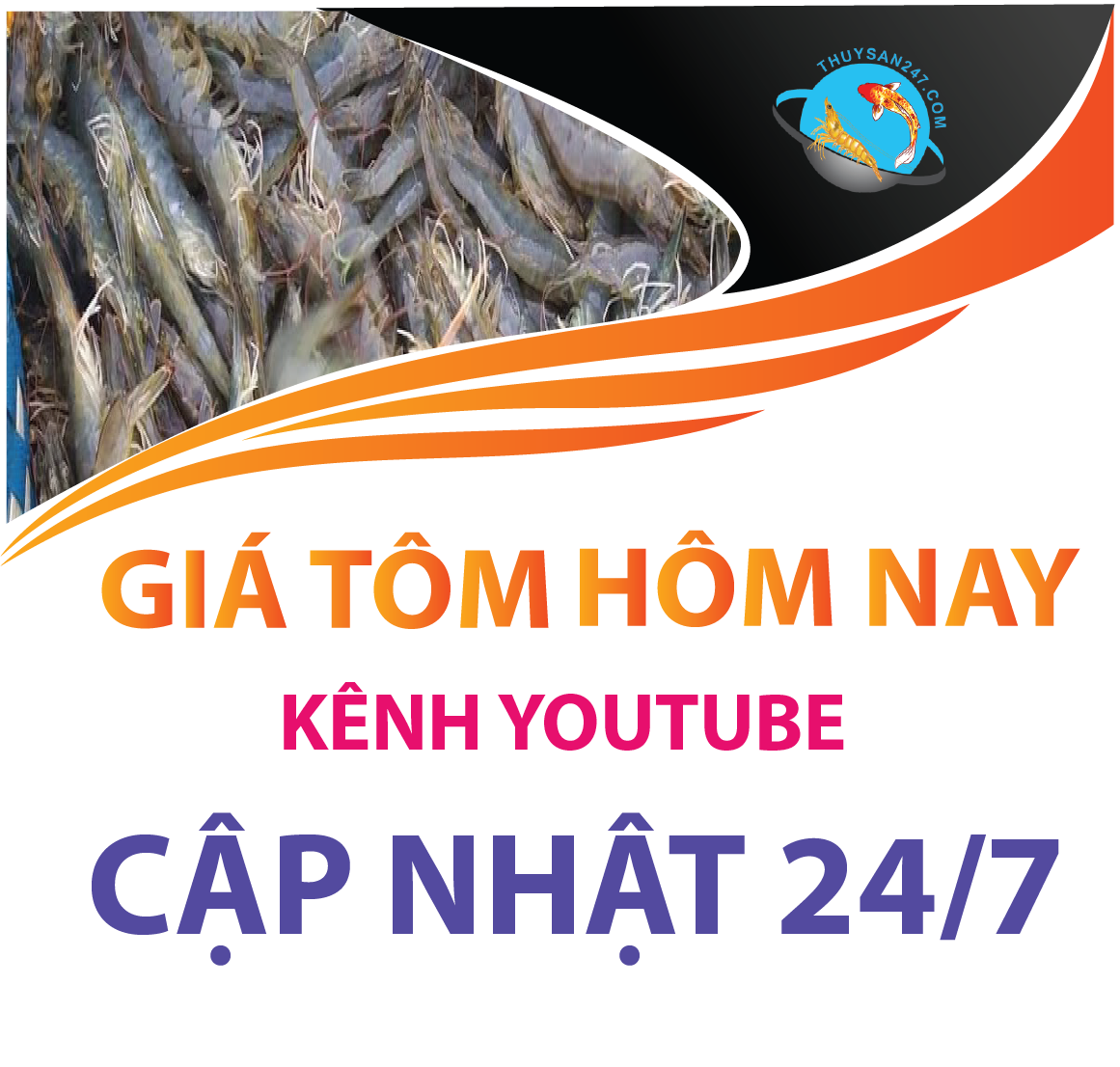


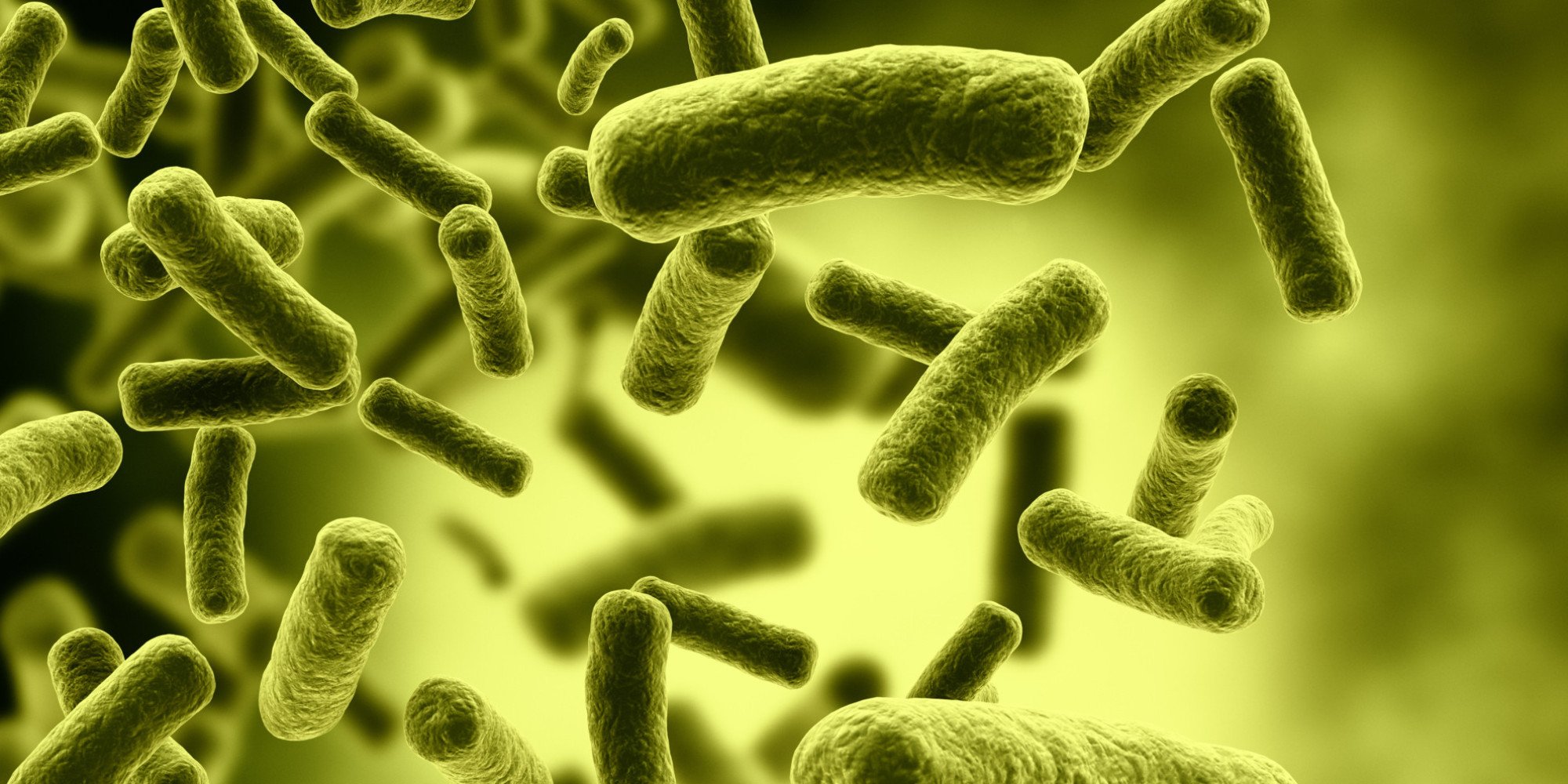
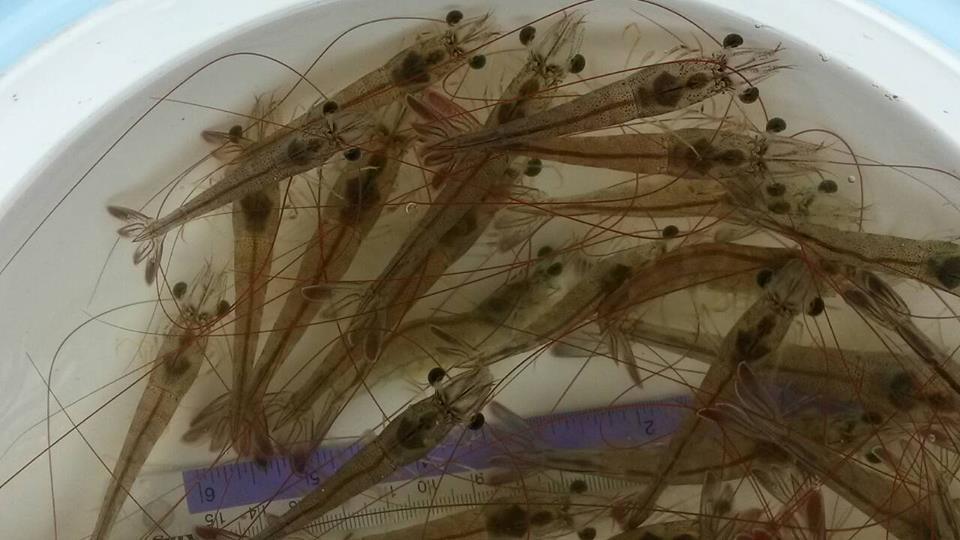
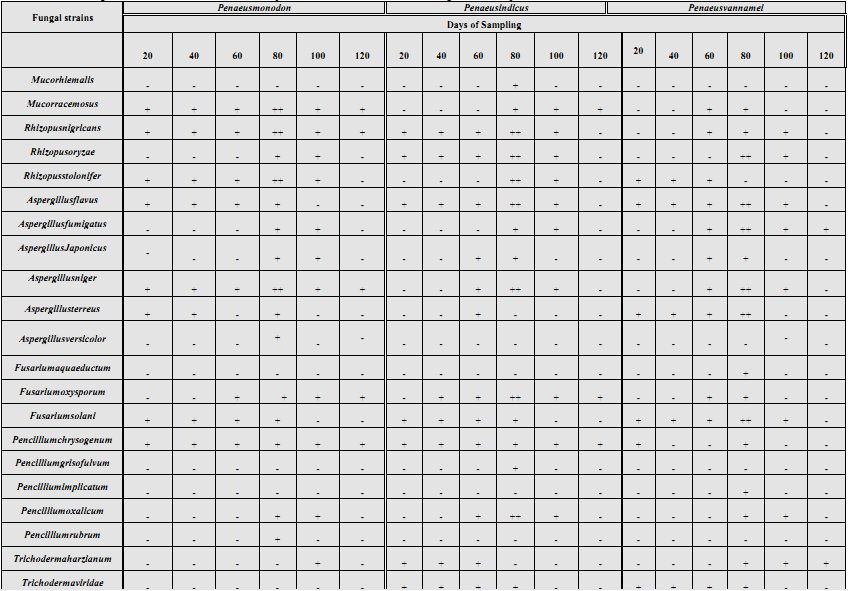
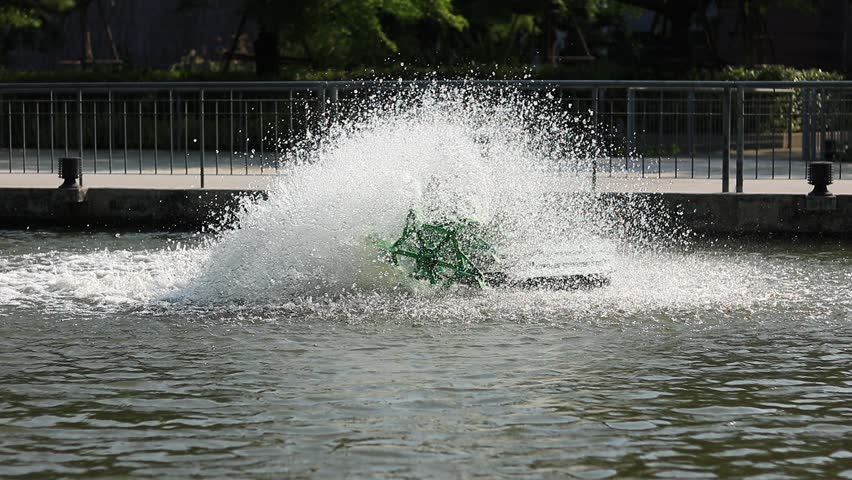
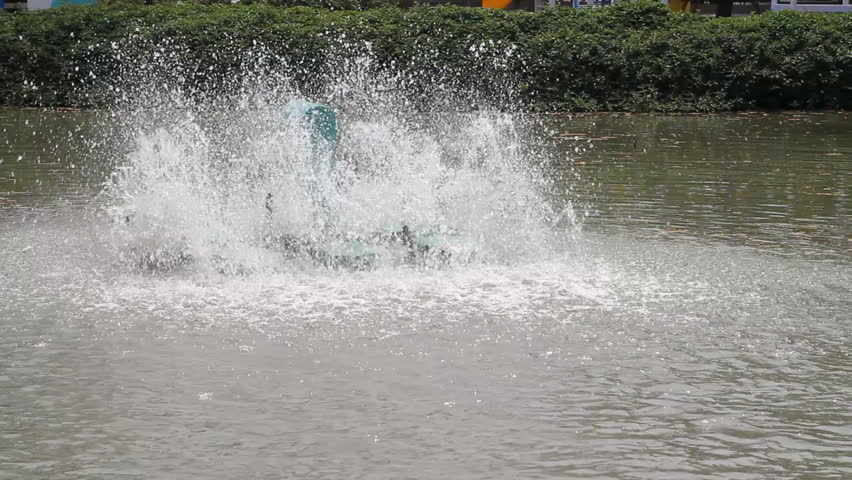
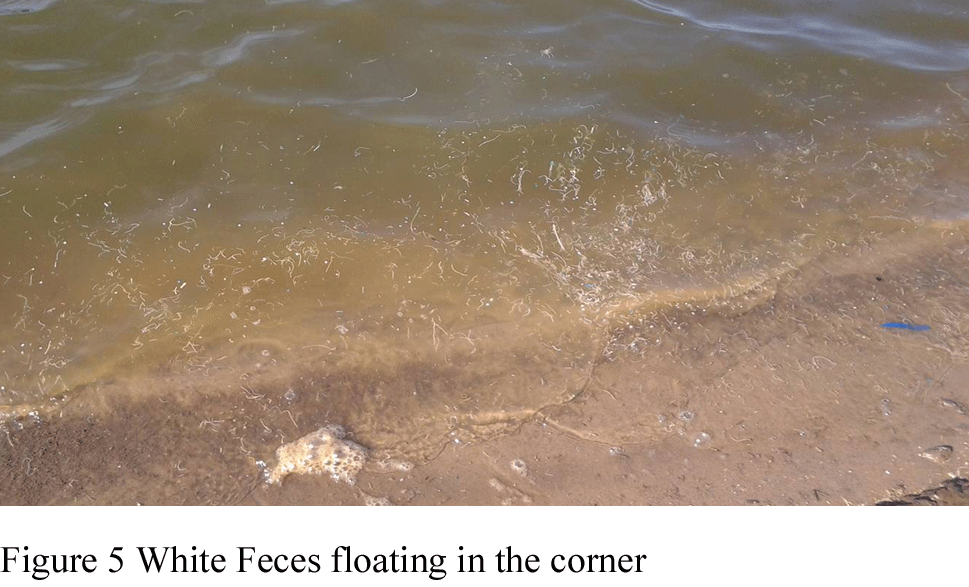


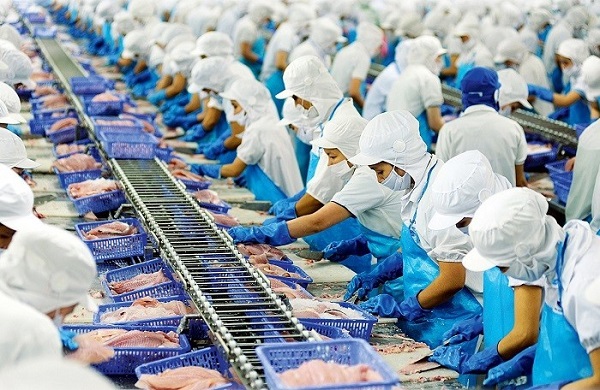

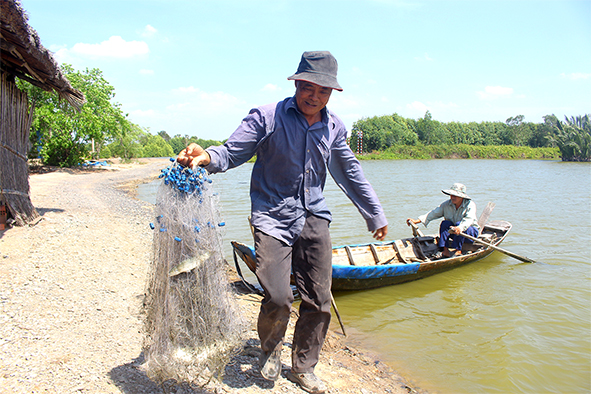
Bình luận bài viết